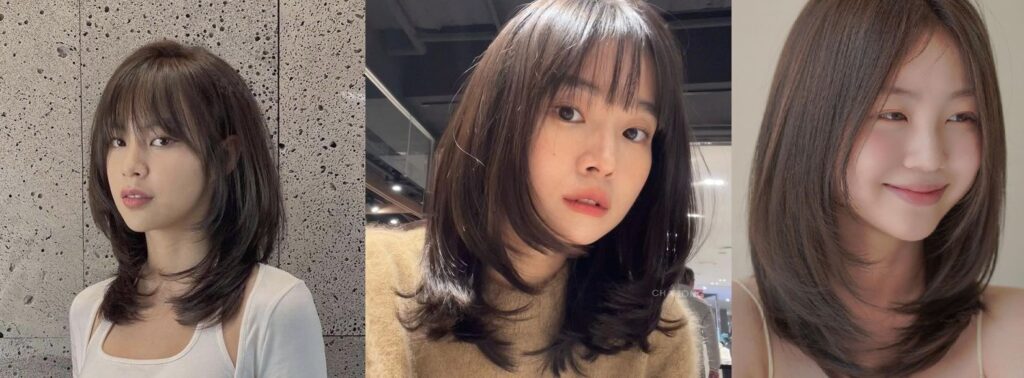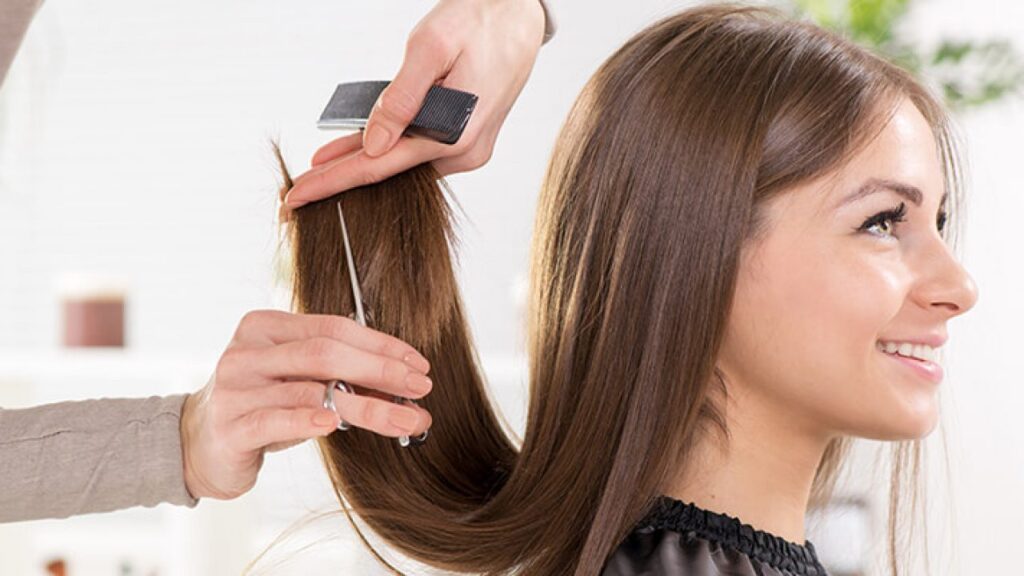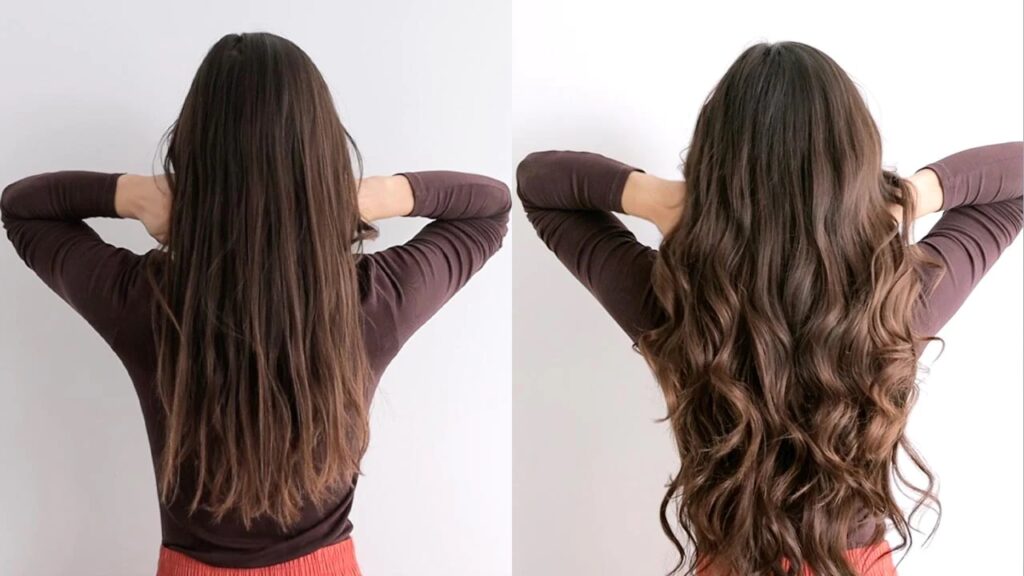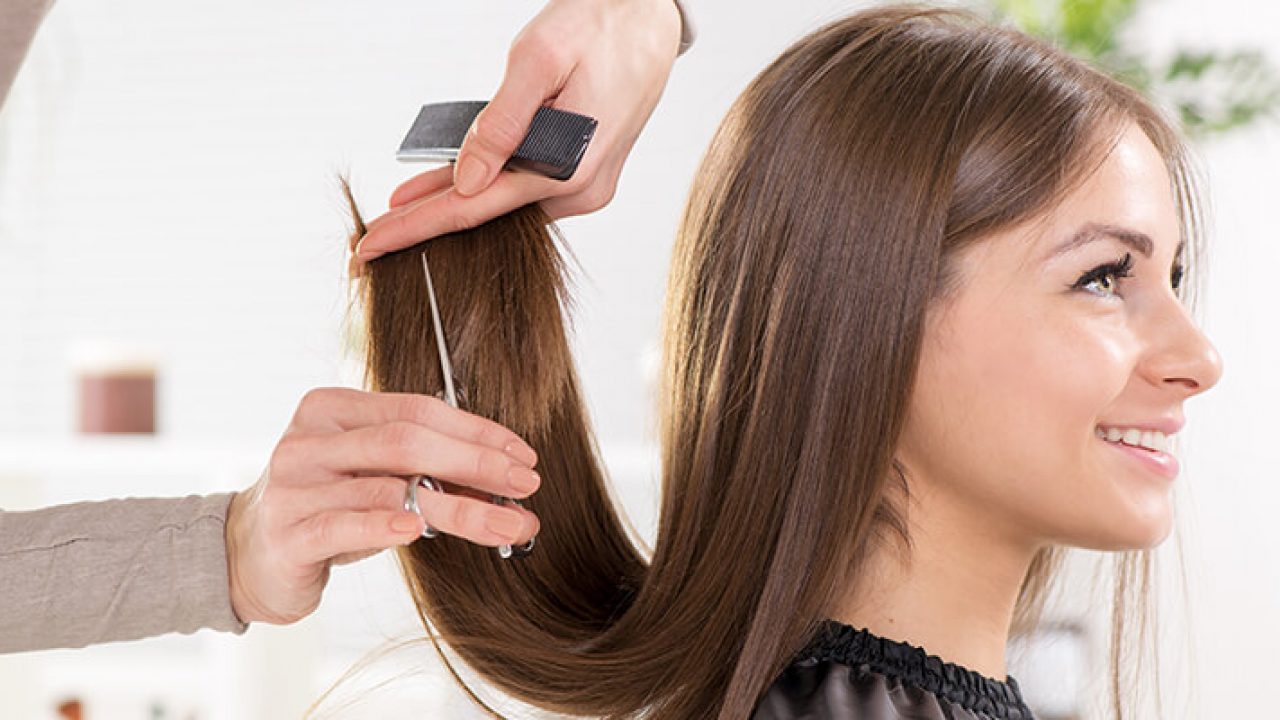Are you considering a new hair length? Not sure what would look best on you? This expert guide will help you determine the hair length that’s right for you. We’ll cover everything from understanding your hair type to considering your lifestyle. By the end of this guide, you’ll know exactly which hair length will suit you best.
Understand Your Hair Type
The first step in choosing the right hair length for you is understanding your hair type. There are four main types of hair: straight, wavy, curly, and coily. To determine your hair type, start by washing your hair and allowing it to air dry. Once it is dry, take a close look at the texture and pattern of your strands.
If your hair is straight with little to no curl or wave, you have straight hair. In case if your strands have a slight S-shape or wave when wet but mostly fall straight when dry, you have wavy hair. If your strands form defined curls when wet but become looser and more undefined when dry, you have curly hair. And finally, if your strands form tight coils when wet and remain tightly curled when dry, you have coily hair.
Choose Hair Lengths That Complement Your Hair Type
Once you know your hair type, you can start to narrow down which hair lengths will work best for you. As a general rule of thumb, straighter hair types can pull off longer lengths more easily than curlier types. This is because straight strands tend to lie flat and smooth on the head, whereas curly and coily strands can appear bulky or frizzy at longer lengths.
That said, there are no hard-and-fast rules when it comes to choosing a hairstyle; ultimately, it’s up to you to decide what looks best on you. If you’re not sure where to start, here are some general guidelines:
- If you have straight hair: You can pretty much rock any length from a bob to waist-length locks. Just be sure to get regular trims every 6-8 weeks to prevent split ends from ruining your look.
- If you have wavy hair: Shoulder-length styles are typically the most flattering for this type; anything too long may weigh down your waves and cause them to fall flat. Short styles like pixies can also work well for wavy girls; just be sure to use a volumizing product to give your roots a lift.
- If you have curly hair: Curls look best when they’re healthy and bouncy, so aim for styles that fall somewhere between chin and shoulder length—any shorter may result in frizziness, while anything longer may weigh down your curls.
- If you have coily hair: Coils tend to be the most delicate of all the hair types, so it’s important to choose a style that won’t put too much strain on your strands. Shoulder-length styles are typically the best bet for girls with coils, but you can also go shorter or longer if you prefer.
Consider Your Face Shape
There are four main face shapes: oval, round, square, and heart. To determine your face shape, look in the mirror and pull your hair back so you can see your entire face. Then, use a ruler or measuring tape to measure the width of your forehead, cheekbones, and jawline. Use these measurements to find your face shape on the chart below.
Face Chart
Forehead
Measure from the peak of one eyebrow arch to the peak of the opposite arch. Use this measurement to find your forehead width on the chart below.
Cheekbones
Measure from the outer edge of one eye socket to the outer edge of the other eye socket. Use this measurement to find your cheekbone width on the chart below.
Jawline
Measure from the point where your jaw angles up under your earlobe to just under the other earlobe, following along your jawline.
Face Shapes For An Ideal Hair Length

Oval
If you have an oval face shape, you’re lucky because almost any hairstyle looks good on you! Oval faces are well-proportioned with a slightly rounded chin. If you have an oval face, try a variety of styles and lengths – short, long, curly, straight – anything goes!
Round Faces
Round faces are widest at the cheeks and relatively narrow at the forehead and jawline. If you have a round face, go for a style that will make your face appear longer and thinner such as a long bob that hits at least at shoulder length or longer; avoid styles that add fullness around middle of face such as pixie cuts or very short bobs since they will only emphasize roundness of face.
Square Faces
Square faces have strong angular features with a broad forehead, strong jawline, and sharp corners at the cheeks. If you have a square face, you want to soften those angles so go for styles that do just that such as long layers or curls which will help de-emphasize those harsh lines. Short haircuts are also an option but make sure they aren’t too severe; otherwise they will make angular features more pronounced.
Heart-shaped Faces
Heart-shaped faces tend to be widest at the forehead and gradually taper down to a small chin. If you have a heart-shaped face, you want to minimize the width of top half of face while drawing attention away from small chin. Try styles that add volume around bottom half of face such as waves or curls; avoid styles that add fullness around top half of face since they will only accentuate the already-wide forehead .
Decide on Your Styling Preferences
Before you can decide on the right hair length for you, it’s important to think about your styling habits. Do you like to keep your hair simple and natural, or do you enjoy trying out different styles? If you’re the latter, then you’ll want to choose a hair length that is versatile and can be styled in many different ways.
For example, if you have shoulder-length hair, you can wear it straight or curly, in a updo or down, with bangs or without. The possibilities are endless! On the other hand, if you prefer to keep your hair simple and low-maintenance, then a shorter length might be best for you.
Select a Hair Length That Is Easily Styled
Once you’ve considered your styling habits, it’s important to select a hair length that is easily styled. If you don’t have a lot of time in the morning to style your hair, then choosing a style that is easy to manage will save you time and frustration.
For example, if you have fine or thin hair, short lengths are generally easier to style than long lengths. This is because short styles don’t require as much time to blow dry or flat iron. If you have thick or coarse hair, however, short lengths can be more difficult to style because they require more time to dry and can often look frizzy when not styled properly. In this case, medium or long lengths might be a better option for you.
Think About Your Lifestyle
If you have a busy lifestyle, it is important to consider the time you have to manage your hair. Short hair is generally easier to manage than long hair, as it requires less time for shampooing, conditioning, and styling. If you have limited time for hair care, a shortcut may be the best option for you.
Pick a Hair Length That Fits Your Time Commitment
In addition to considering the time you have to manage your hair, it is also important to think about your overall commitment to hair care. If you are not willing to put in the effort to style your hair every day, then a shorter length may be a better choice. On the other hand, if you are willing to spend more time on your hair, then you may be able to rock a longer look.
Conclusion
After reading this expert guide, you should now have a good understanding of how to determine the hair length that is right for you. Consider your hair type, face shape, styling preferences, and lifestyle when making your decision. Ultimately, the best hair length for you is the one that you feel most comfortable with and that fits your lifestyle.







